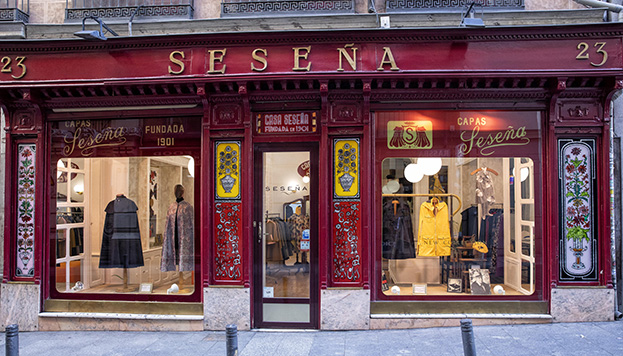
Casa Seseña. Photo: Álvaro López del Cerro.
No winter will ever be as cold with a Casa Seseña cape draped over our shoulders. To this day, this Madrid-based century-old tailor continues to handcraft these exquisite garments worn by the likes of Pablo Picasso, Luis Buñuel and Bruce Springsteen. This is a story we’ll be telling for years to come.
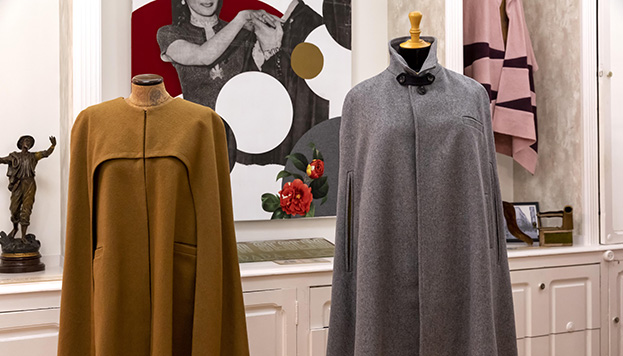
Photo: Álvaro López del Cerro.
“I wish and ordain that all civilians and their domestic workers and housekeepers do not wear their usual livery. Short capes (at least one palm’s span from the ground), redingot (from the English, riding coat) or capingot (sleeve-less riding coats) made from faux fur or real fur, and three-corned hats must be worn, meaning no man’s face or identity is concealed.” These were the words of the proclamation issued on 10 March 1766 by the Italian Marquis of Esquilache, advisor to King Charles III of Spain. His aim was to eradicate the use of long capes and chambergos (broad-brimmed hats), as these garments were thought to disguise a person’s identity and facilitate the concealment of weapons. However, this reform caused great discontent among the population and was considered to be a way to force them to adopt foreign fashions. As we all know, this story ended in revolt. But what about capes, we hear you ask, did people stop wearing them? Well, initially, the garment was certainly worn less out of fear of the brigands. However, after some time in the 19th century, the vestment was reintroduced among the elite as a symbol of elegance and style.
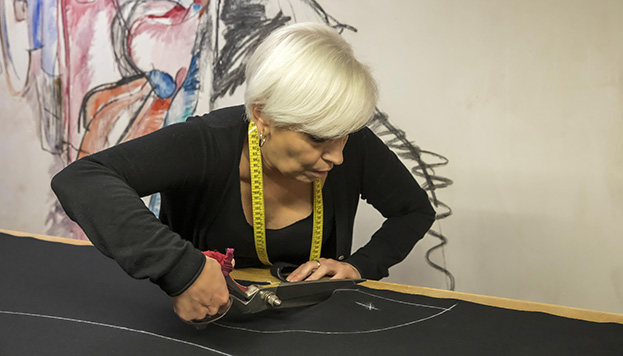
Photo: Álvaro López del Cerro.
Capes are a type of loose, sleeveless garment worn over clothing; they are open at the front, have a fastener at the neck and get wider towards the bottom. Madrid, a city where the cape has always been part of its tradition, is home to a leading name when it comes to this popular garment: Casa Seseña. Over a century old, this store was founded by Santos Seseña in 1901 and is a place of living history in our city.
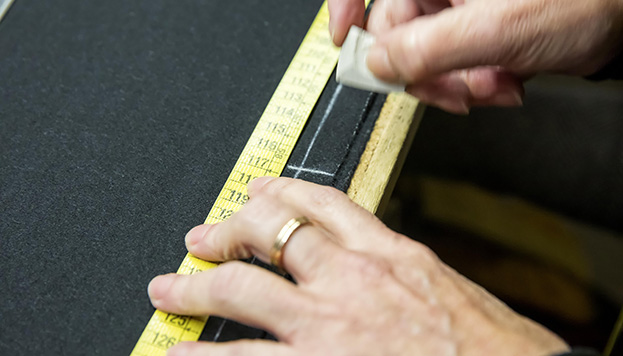
Photo: Álvaro López del Cerro.
With the turn of the century and the arrival of countless new fashion trends, other tailors began to stop making capes. Santos, however, not only decided to dedicate his business to the cape, he also enhanced the garment’s design, adapting it to the new times, and acquired a fine reputation among the people of Madrid. What’s more, his son Tomás – who habitually spent time with people who greatly influenced culture – helped to introduce the cape to the international market.
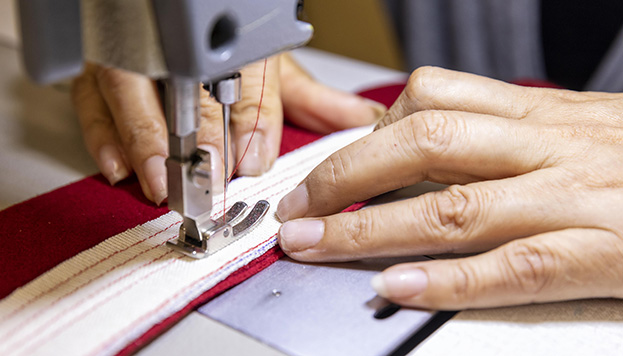
Photo: Álvaro López del Cerro.
Back then, the family-run tailor shop made a range of clothing for men, including suits, overcoats and raincoats. However, it was Santos’ widow Conchita Díez, who was behind the brand’s first women’s collection, and their son Enrique who decided that the family-run tailor shop should specialise in what it did best. In the 60s, Casa Seseña made the decision to exclusively manufacture capes and, in 1965, Enrique Seseña opened a studio on Calle de la Cruz. To this day, capes here are measured and sewn one by one, with Marcos Seseña at the helm of the brand.
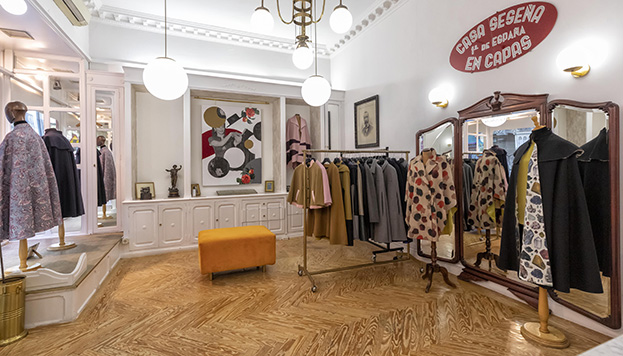
Photo: Álvaro López del Cerro.
Many leading names in 20th-century Spanish literature, from Valle-Inclán to Pio Baroja, were faithful fans of the cape. In 1955, the bullfighter Luis Miguel Dominguín gave Pablo Picasso an embroidered Seseña cape as a gift, and it was this very cape he was buried in. Luis Buñuel, Ernest Hemingway, Federico Fellini, Marcello Mastronianni, Bruce Springsteen, and Catherine Deneuve have also donned capes by the brand. To this list of famous names, we can add skier Francisco Fernández Ochoa, who collected his gold medal at the Sapporo 1972 Winter Olympics with a Seseña cape draped over his shoulders, and Camilo José Cela, who followed suit when he claimed the Nobel Prize in Literature in 1989.
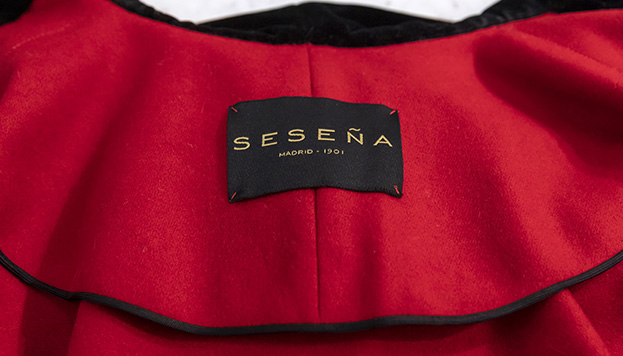
Photo: Álvaro López del Cerro.
Today at Casa Seseña, customers can buy their very own 1901, the model named after year the brand was established. With an original design from the Spanish Golden Age that has barely been altered over the years, this is a timeless piece that will never go out of fashion. But, the question is, how does one wear a cape? According to the experts, “it should be worn freely and effortlessly, draped over the shoulders. Despite it not clinging to the body, it is warmer than a coat.”
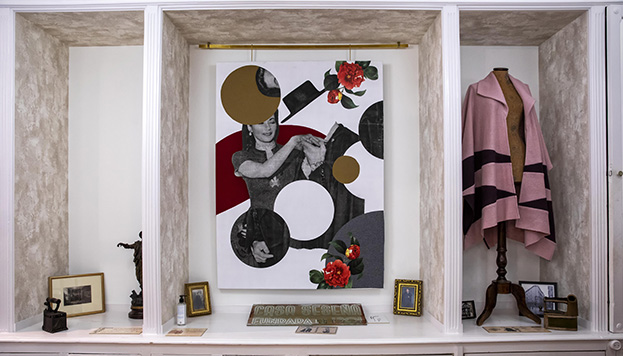
Photo: Álvaro López del Cerro.
At Seseña, traditional artisan methods prevail; the fabric is handled, measured, cut and sewn exactly the same way it was a hundred years ago. “We use merino wool to make our capes. The mineral water found in the Sierra de Béjar (Salamanca) lends the wool unique characteristics, resulting in a dense yet lightweight fabric that retains heat,” the staff tell us.
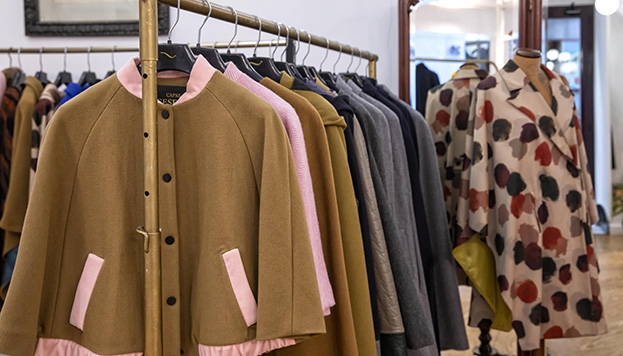
Photo: Álvaro López del Cerro.
Yet times do change, and at this century-old store you’ll find much more than classic pieces. The arrival of Marcos Seseña brought a change of image. His fresh ideas target all types of public, young and old, men and women. His innovation can be seen in the brand’s collaboration with the firm Peseta, which has led to the designing of black and mustard-coloured capes with patterned inner linings.

Photo: Álvaro López del Cerro.
This combination of light and colour can also be found in the uniforms worn by the doormen at the Galería Canalejas Food Hall, one of this year’s successes on the gastronomy scene. These capes were designed in deep navy blue and with mustard velvet detailing. What’s more, the garments also feature gold-threaded embroidery and buttons designed exclusively to recreate the details of the stunning art deco iron railings at the entrance to the gallery on Calle Alcalá. Seseña truly is a timeless icon of Madrid.